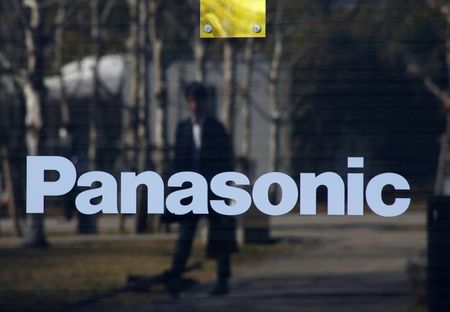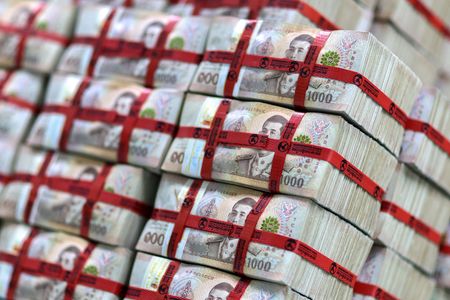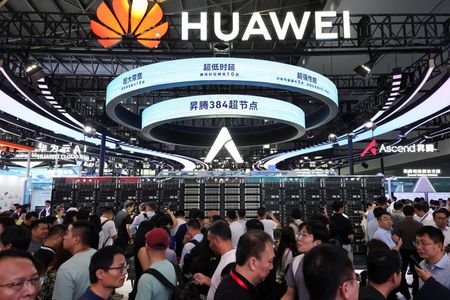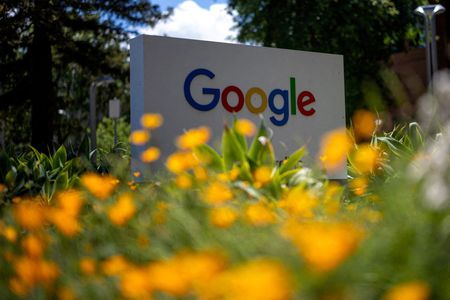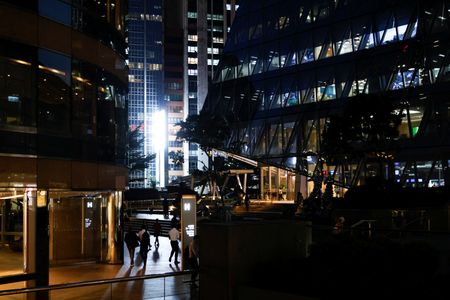By Norihiko Shirouzu
(Reuters) – Panasonic aims to develop a new type of higher-capacity battery in about two years, potentially extending the driving range of electric vehicles in a groundbreaking advance for the Tesla supplier.
The Japanese company is working on eliminating the anode in batteries during the manufacturing stage to increase energy density through technology it says is likely to provide a “world-leading level” of capacity by the end of 2027.
If achieved, the improvement would lead to a 25% increase in battery capacity, thus boosting the driving range of Tesla’s most affordable sport-utility vehicle, the Model Y, by almost 90 miles (about 145 km), at current battery pack size, Panasonic said.
Alternatively, Panasonic could also use the technology to make lighter – and potentially cheaper – versions of batteries by keeping the current driving range and shrinking the battery pack size.
A company executive told reporters of the anode-free technology ahead of a presentation on Thursday by Shoichiro Watanabe, the technology chief at the group’s battery arm, Panasonic Energy.
This technology is also being pursued by multiple global battery producers.
Panasonic’s proposed design has no anode at the manufacturing stage. Instead, a lithium metal anode is formed in the battery after being charged for the first time. This would free up room for more active cathode materials — nickel, cobalt and aluminium — to boost capacity without changing the volume.
Panasonic said it also aims to reduce the proportion of nickel, which is relatively more expensive.
It was not clear whether the technology would help Tesla to lower prices and Panasonic declined to discuss specifics on manufacturing costs.
Reuters reported this month that Tesla’s U.S. market share dropped to its lowest in almost eight years in August as buyers chose electric vehicles from a growing stable of rivals over the ageing line-up offered by Elon Musk’s company.
(Reporting by Norihiko Shirouzu; Editing by David Dolan and David Goodman)


